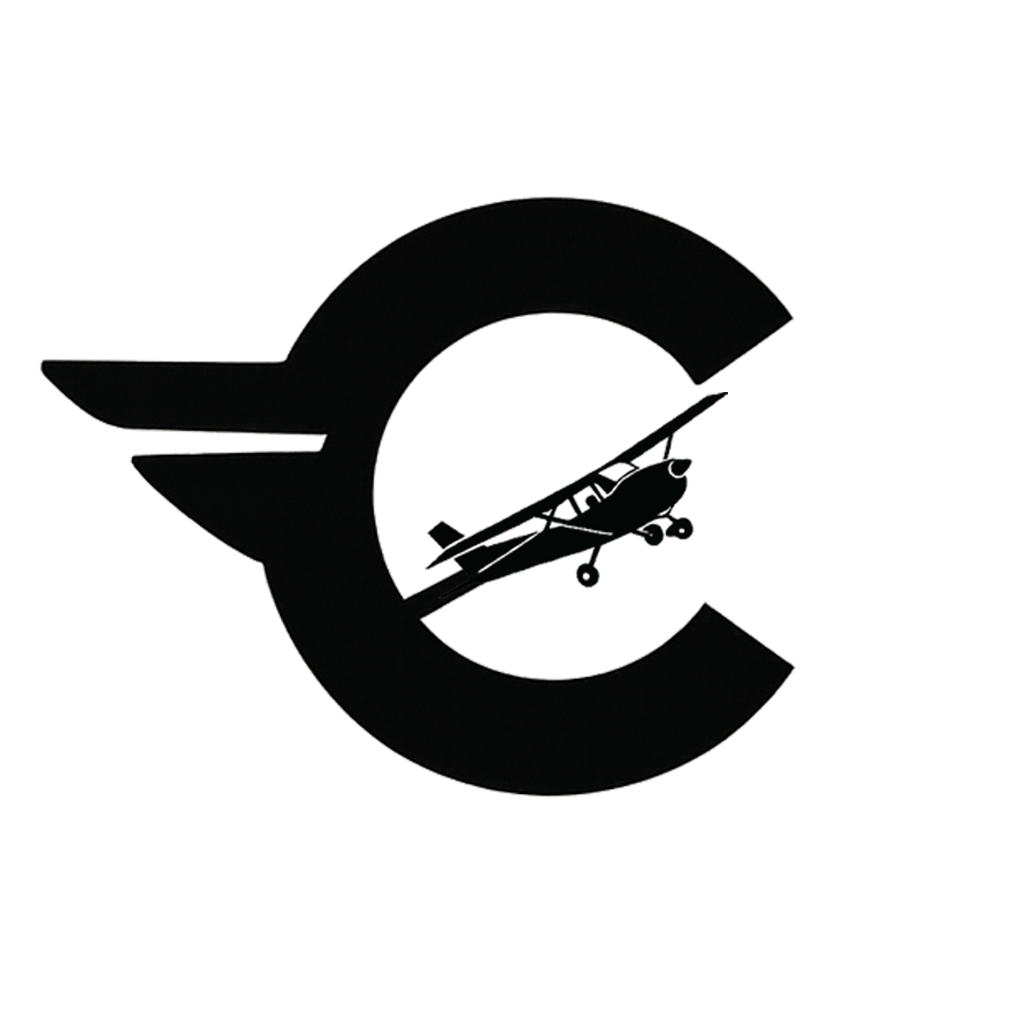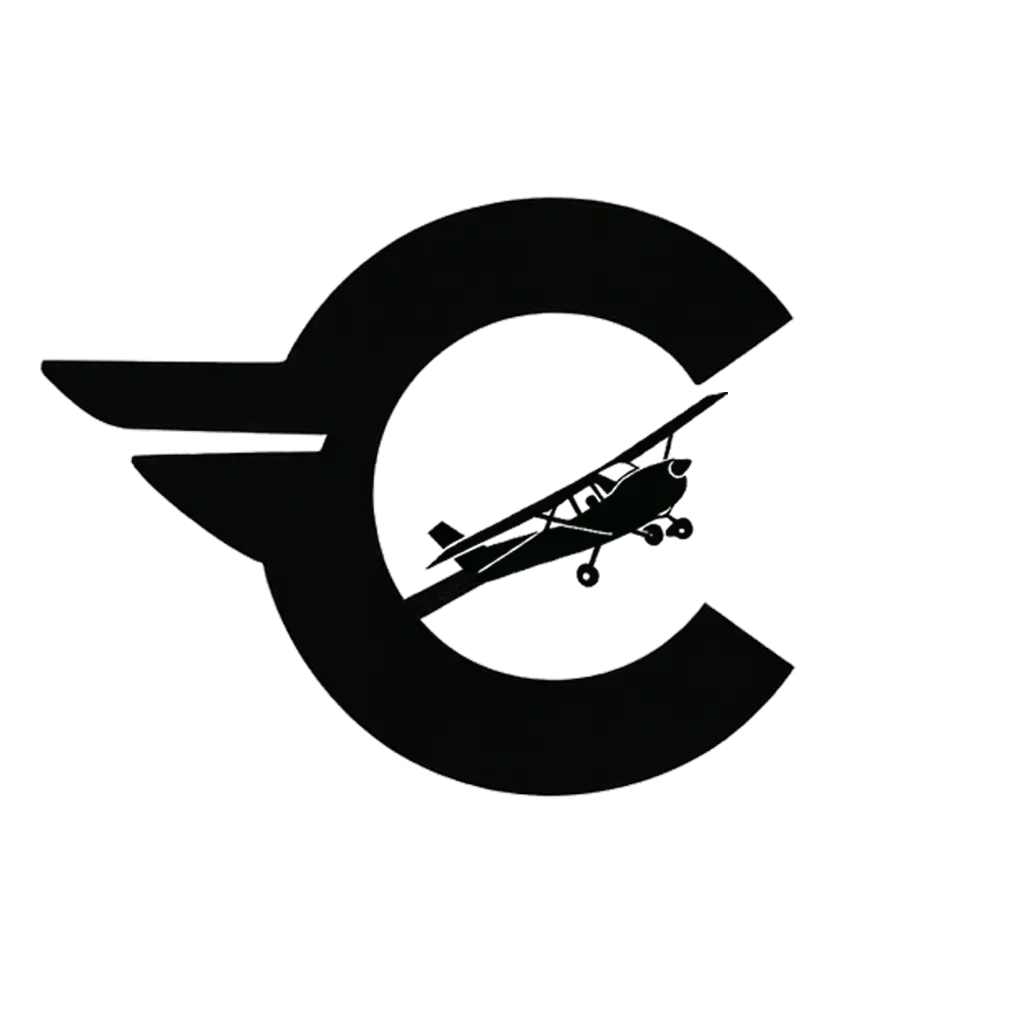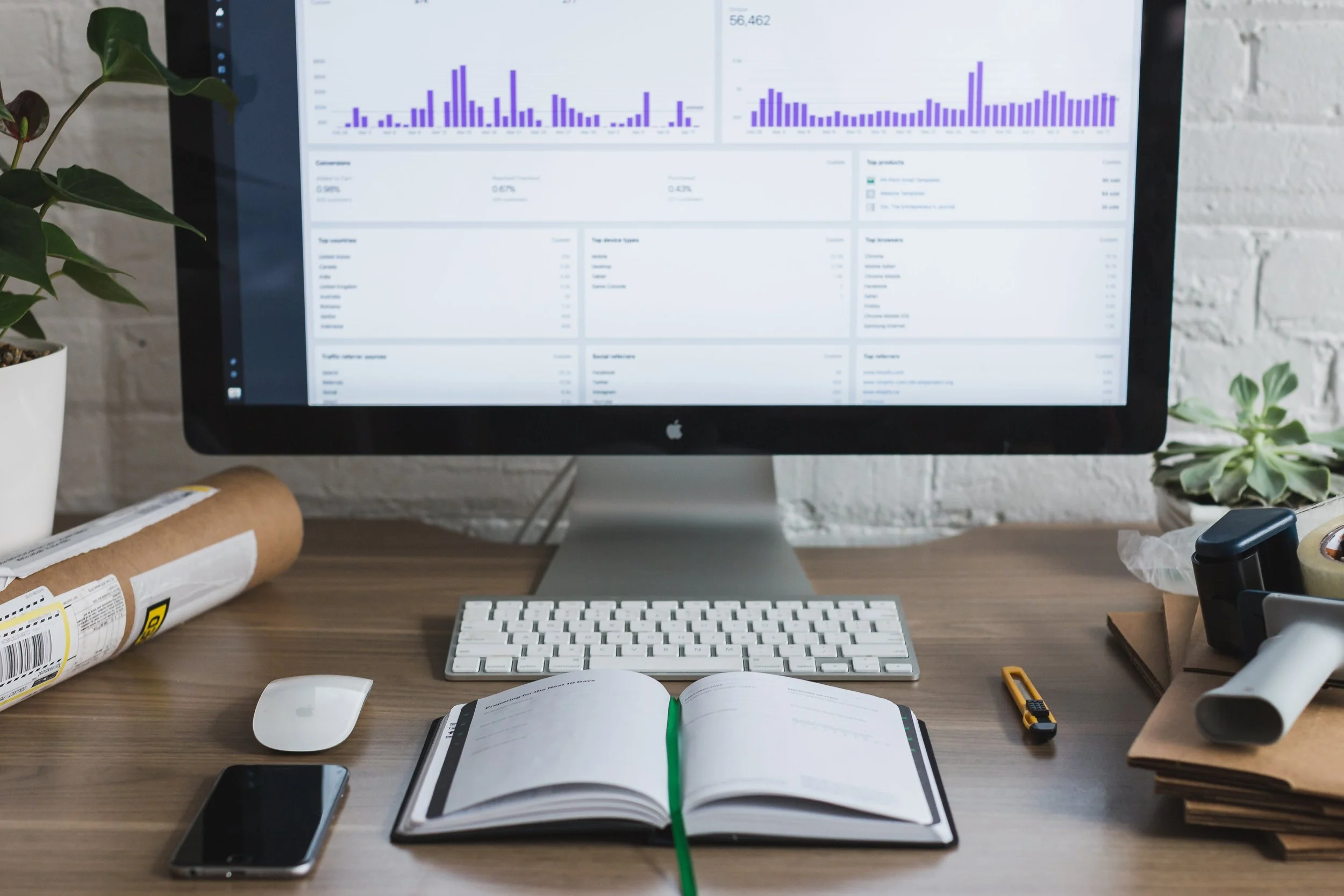How to Run Meta Ads for Ecommerce in 2025–2026
Meta (Facebook + Instagram) still drives profitable growth - if your signal quality, creative, and account structure are dialed. Below is a practical playbook you can copy for e-commerce or lead-gen. It’s built around what’s working now and what will keep working into 2026.
Who this playbook is for: Shopify, WooCommerce, Squarespace, BigCommerce, or any online retailers that want clean tracking, simple structure, creative that sells, and a testing plan that scales.
1) Set the foundation
Own the right assets
Business Manager (Business Portfolio) with you as a Business Admin
Facebook Page and Instagram account owned by the business
Ad account owned by the business
Pixel or Dataset owned by the business
Product Catalog for ecommerce
Tracking that Meta trusts
Install the official Pixel and Conversions API integration
Customer data sharing set to Maximum or Enhanced
Automatic Advanced Matching on
Verify your domain in Business Settings
Aggregated Event Measurement set for your domain with Purchase as the top event
Tag every link with UTMs so GA4 and Shopify attribute revenue correctly. Paste this into your ad URL parameters:
utm_source={{site_source_name}}&utm_source_platform=meta&utm_medium=paid_social&utm_campaign={{campaign.name}}&utm_id={{campaign.id}}&utm_content={{adset.name}}_{{ad.name}}&utm_term={{placement}}
You will be able to break results out by source, campaign, ad set, ad, and placement.
Key takeaway: Own your assets, send clean signals, and tag every click.
2) Keep the account structure simple
Fewer, stronger objects collect data faster and exit learning sooner.
Ecommerce template
Prospecting campaign
One ad set to start, Advantage+ placements on
Target broad, let the algorithm work
Attribution set to 7 day click and 1 day view, turn on engaged view when video is a core format
Allocate 60 to 80 percent of budget
Advantage+ Shopping Campaign (ASC)
Great for stores with multiple SKUs, exclude recent purchasers
Allocate 20 to 40 percent of budget
Remarketing campaign
Visitors 30 days, IG engagers, Add to Cart 14 to 30 days
Exclude purchasers for 30 to 60 days
Lead gen template
Prospecting campaign
Remarketing campaign for site visitors, IG engagers, and video viewers
If you use Instant Forms, set Higher intent or include a qualifying question
Aim for roughly 50 optimizations per week per ad set. If you are not close, consolidate.
Key takeaway: One clean prospecting engine, one ASC lane, one remarketing lane. Trim everything else.
3) Make creative that sells
Formats to prioritize
9:16 video for Reels and Stories
4:5 image or video for Feeds
Optional 1:1 as a utility cut
A simple winning flow
Hook in two seconds, show the problem, demonstrate the solution, add social proof, end with a clear call to action. Use on screen text. Founder voiceover and UGC work well when they feel native to Reels.
Keep two or three ads per ad set
A short demo video, a testimonial or UGC cut, and a bold 4:5 image with a single benefit line is a reliable mix. Refresh one ad each week. Retire the weakest.
Key takeaway: The first two seconds decide your CPA. Lead with the hook and make the benefit obvious.
4) Targeting that helps rather than hurts
Start broad. Let your pixel, Conversions API, and creative do the heavy lifting. Add interest stacks only when data shows a lift. Always exclude recent purchasers from prospecting.
Key takeaway: Signals and creative beat micromanaged interests.
5) Placements, bidding, and attribution
Performance goal set to Conversions
Advantage+ placements on
Attribution at 7 day click and 1 day view
Engaged view on when video is primary
If you must test Instagram only, run it as a small challenger and compare cost per purchase
Key takeaway: Use full distribution unless a controlled test proves a lower CPA.
6) Measure the right way
Look in three places
Ads Manager for cost per purchase, ROAS, and purchase value
GA4 and Shopify for revenue tied to your UTMs
Breakdowns by placement and by age to guide creative decisions
If Meta shows wins but GA4 does not, you are likely looking at view through or cross device assists. Improve the click and the landing experience.
Key takeaway: Judge scaling by click based performance, not views.
7) Fix the landing page before raising spend
Mobile speed first, large images and scripts are common bottlenecks
Match the ad headline on the page
Put key benefits, reviews, warranty or returns, and shipping details above the fold
Use one primary CTA and a sticky Add to Cart on mobile
Show bundles or what is included for clarity
Key takeaway: A fast, matched page lifts CTR to Add to Cart and protects CPA.
8) A straightforward testing plan
Weeks 1 to 2
One campaign, one ad set, two or three creatives. Watch thumb stop rate, CTR, Add to Cart rate, and cost per purchase.
Week 3
Replace the weakest creative with a new idea. If you launched with only video, add a strong 4:5 image.
Week 4 and after
If results hold, increase budget by 15 to 25 percent every few days. If performance fades, refresh the hook and tighten the page.
Guardrails
Pause or reduce spend if CPA is higher than target by 30 percent for three days
Replace any ad with CTR link under 0.8 percent or 3 second view rate under 25 percent on Reels
Only split test one variable at a time
Key takeaway: Iterate weekly, scale slowly, protect your CPA.
9) Grow lifetime value
Exclude purchasers in prospecting. Run small upsell campaigns for accessories or bundles to past buyers. Capture email and SMS and sync those audiences back to Meta.
Key takeaway: New customers fund the engine. LTV pays for scale.
10) Quick troubleshooting
New pixel warning about optimization
Normal on a fresh setup. Verify events and AEM, then keep running.High CPM and low CTR
Weak hook. Change the first two seconds and the thumbnail. Test a tighter audience in a small cell if needed.Clicks but no Add to Cart
Landing page does not match the ad or price and value are unclear. Rewrite headline, add social proof above the fold, and clarify offer.Strong Add to Cart but few purchases
Checkout friction or missing trust signals. Add reviews, policy clarity, clear shipping timelines, and a guest checkout option.
Key takeaway: Diagnose the funnel stage that breaks, then fix that stage first.
Benchmarks and simple math
Prospecting CPA target equals AOV times target CAC percent
Example, AOV 120 times 0.35 equals 42 target CPABudget increases of 15 to 25 percent only when CPA is at or below target for three days
Healthy ad sets usually reach 50 or more optimizations per week, consolidate if you are below that
Glossary in plain English
Pixel
Browser side tracking that sends onsite events to MetaConversions API (CAPI)
Server side tracking that sends the same events from your store servers to MetaAEM
Aggregated Event Measurement, Meta’s event priority system for each verified domainASC
Advantage Plus Shopping, a campaign type that automates targeting and creative delivery for catalog salesHook rate
The share of people who stay past the first two to three seconds of your videoCTR (link)
The percent of impressions that clicked your linkCPA
Cost per acquisition or cost per purchaseROAS
Return on ad spend, revenue divided by ad spend
Copy ready UTM string
utm_source={{site_source_name}}&utm_source_platform=meta&utm_medium=paid_social&utm_campaign={{campaign.name}}&utm_id={{campaign.id}}&utm_content={{adset.name}}_{{ad.name}}&utm_term={{placement}}
Notes
{{site_source_name}}resolves to facebook or instagram automaticallyKeep everything lowercase for clean GA4 grouping
Keep
utm_idfor deduping and offline analysis
FAQ
What is the best Meta attribution window for ecommerce
Start with 7 day click and 1 day view. If video is core, review engaged view assists, but base scaling on click performance.
Should I target broad or use interests
Start broad once Pixel and CAPI are clean and creative is strong. Add interest stacks only if a controlled test lowers CPA.
How many ads per ad set
Two to three. Rotate weekly, keep the winners, replace the weakest.
ASC or manual
Use ASC for catalog scale. Run a manual prospecting campaign next to it to test hooks and offers. Allocate 20 to 40 percent to ASC at the start.
What is a good hook rate
Aim for 25 percent or higher 3 second views per impression on Reels, or 1.0 percent or higher CTR link on 4:5 image tests.


